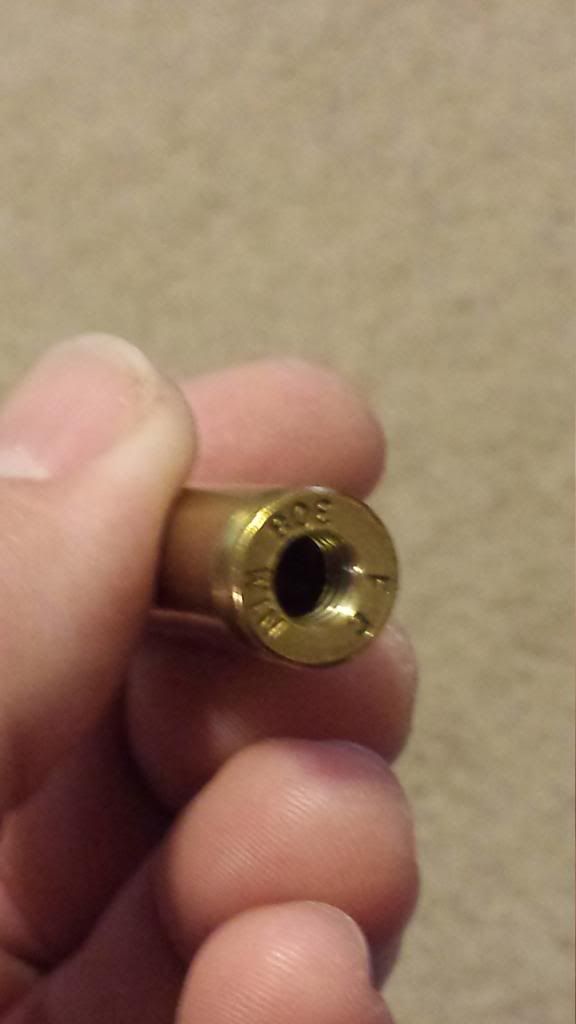Last night a buddy and I spent a couple hours discussing this, and we are not sure of the correct answer. SO, once again I am turning to the folks here for some help.
I understand how to figure out bullet seating/ogive in relationship to the lands. I have a comparator, and finally know how to use it.
BUT, here is my question.
1. Do you use an unsized cartridge fired from your rifle (place a projectile into the neck of the cartridge and push the cartridge into the chamber to measure to the lands) OR
2. do you first size the fired cartridge (bump the shoulder for correct headspace) then place a projectile into the neck of the cartridge and push the cartridge into the chamber to measure to the lands.
So, basically, to bump first or not.........
Keep in mind with either method I know there has to be some tension on the neck to hold the bullet and to put a couple slits into the neck so the bullet can slide once it touches the lands.
I understand how to figure out bullet seating/ogive in relationship to the lands. I have a comparator, and finally know how to use it.
BUT, here is my question.
1. Do you use an unsized cartridge fired from your rifle (place a projectile into the neck of the cartridge and push the cartridge into the chamber to measure to the lands) OR
2. do you first size the fired cartridge (bump the shoulder for correct headspace) then place a projectile into the neck of the cartridge and push the cartridge into the chamber to measure to the lands.
So, basically, to bump first or not.........
Keep in mind with either method I know there has to be some tension on the neck to hold the bullet and to put a couple slits into the neck so the bullet can slide once it touches the lands.


